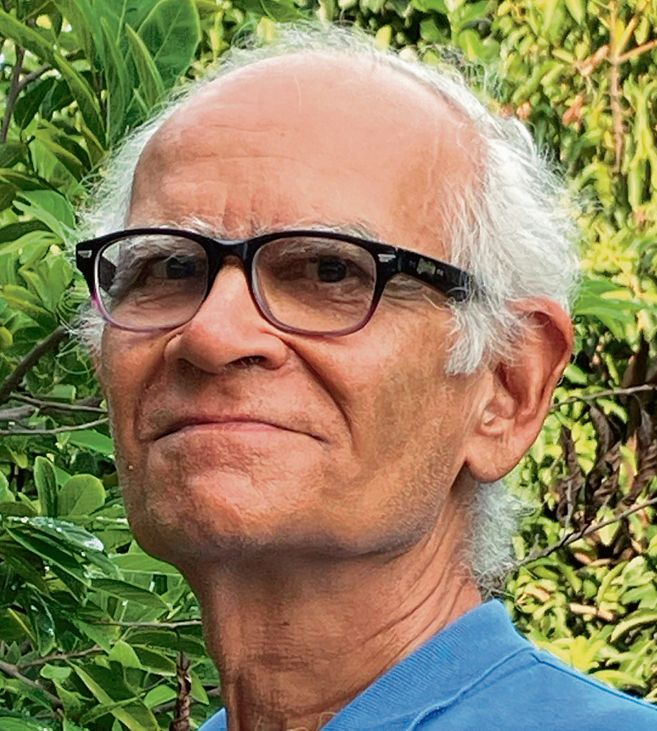IT was early 1985, perhaps the end of February. I saw a notice somewhere that Khushwant Singh was going to speak about the final days of Indira Gandhi’s rule and its aftermath. The venue was the Press Club of India. In those days, Delhi had not surrendered its beautiful spring weather to smog and breathlessness. When I reached the Press Club, its lawn was already packed. I spotted the last few empty chairs shining in the late afternoon sun at the grassy lawn’s edge.
India’s social sphere continues to witness public horror — lynchings, riots, rapes — but the teacher is supposed to stay silent.
Khushwant delivered his long lecture in a steady, scholarly voice. His column ‘With Malice Towards One and All’ and his jokes had given him a popular profile, but those who knew about his two-volume history of the Sikhs were aware of his erudition. That evening, he took the silent audience through all the details of the shipwreck Delhi and the country had experienced over the previous few months. He said Indira’s decision to choose a military solution to the Golden Temple crisis was deeply flawed.
Everyone in the audience knew how close and loyal he had been to Indira. He and many others had suggested alternative ways to deal with the situation. The riots that followed her assassination across the country had laid bare the vulnerable state of India’s democracy, he said. The violence against Sikhs was politically inspired and the mass killings were publicly instigated in Delhi and other cities. Three years later, when Raj Thapar, Managing Editor of Seminar (it closed last year), died, Khushwant wrote in his column that the riots triggered her cancer.
I agree with him. Witnessing the Delhi massacre was an experience like none other. From my balcony in a South Delhi flat, I saw a young Sikh crouching behind the water tank on his house’s roof, his arms stretched across his two young children, while a howling crowd beat on the door downstairs. The younger sister of my old Sikh friend, a Hindi teacher in Madhya Pradesh, was staying with us. I didn’t want our maid to know that she was merely a friend, so I told my two-year-old son to call her ‘bua’. And I told her not to appear at the balcony. My parents had witnessed the Partition. They chose not to tell me anything they had seen. Shall I do the same?
Schools were shut for a fortnight in early November. When they reopened, I remember sitting in a Grade-6 English class at Bal Bharati School on Lodhi Road. As a supervisor of BEd trainees, my job was to sit in classes and write advisory notes on their lesson plan book. My student did what English teachers routinely do: wrote a few words used in the text on the blackboard and asked children to use them in their own sentences. One of these words was ‘arrive’. A boy who instantly raised his hand had made this sentence: “When a Sikh arrived in Delhi, Hindus killed him.” My student looked perplexed. She knew that the government had issued strict orders to avoid any mention of the riots in classes. The sentence using ‘arrive’ was grammatically correct.
The class I attended next was a civics lesson. That day, the topic was ‘The Rights and Duties of Governors’. Our system encourages teachers to mind their own business, i.e. teach their own subject. An English teacher, therefore, focuses on grammar. Civics teachers would not be expected to discuss riots. When I narrated the English-class episode in my book Learning from Conflict (current edition: Education, Conflict and Peace), some readers said they were shocked.
A student asked me what the trainee teacher could do when the school authorities didn’t want anything ‘real’ to be mentioned, let alone discussed, in a class. Decades have passed, and I still hear stories of principals harassing teachers who dare take a stand on anything. They are supposed to act like robots. And if they are soon replaced by robots, we shouldn’t be surprised. India’s social sphere continues to witness public horror — lynchings, riots, rapes — but the teacher is supposed to stay silent, concentrating on the subject and the prescribed textbook. The latest policy expectation from them is to enhance outcomes.
Business as usual was also the larger message that winter. A few weeks after the riots, an industrial disaster occurred in Bhopal. Within the month, over the Christmas week, the flurry of the Lok Sabha elections took over the country. The new year started and soon enough, one heard distant drums marking the beginning of Republic Day preparations. It was all supposed to sound normal, but the heart of Delhi had cracked.
Nothing seemed real after those orchestrated killings in full public view. One felt terribly lonely and anxious with the thought that the city had murderers walking boldly free, protected by their political clout. How did our democracy get to this point, one wanted to ask. As usual in such cases, there was no one to answer such questions.
When legal battles started, there was the usual search for evidence. Why was it needed, my lay mind wondered. Who hadn’t seen the stacks of black smoke rising from the horizons? Everybody knew what the smoke meant. It was not a symbol. Whose job was it to stop the violence? Innocent questions like that have become irrelevant, not just because of the passage of time.
The real reason is that as a society and as a nation, we learnt nothing from November 1984. Our collective tendency to carry on as if nothing happened compels us to stay callous and devoid of any collective sensibility.









